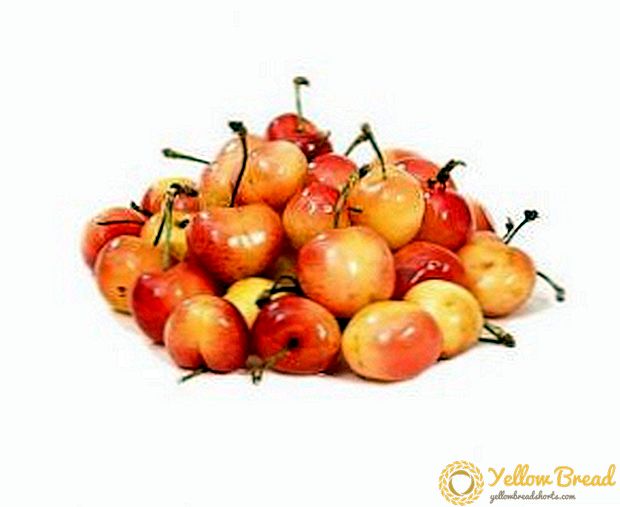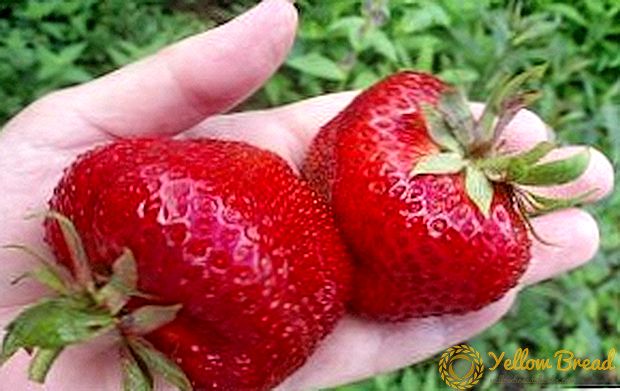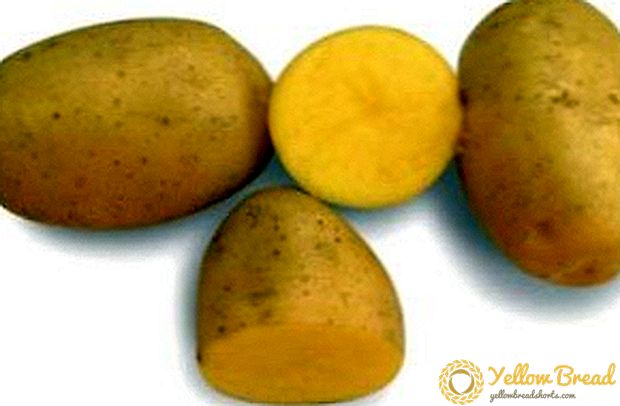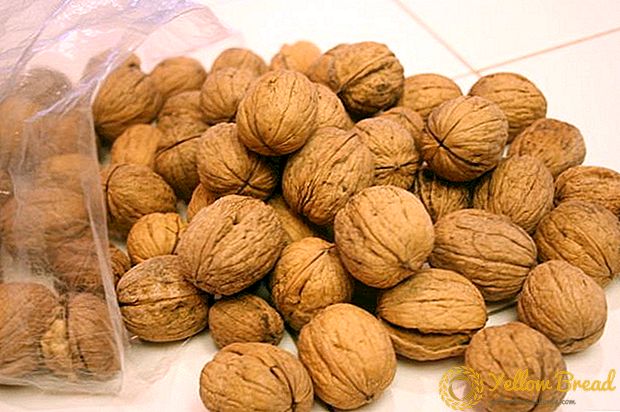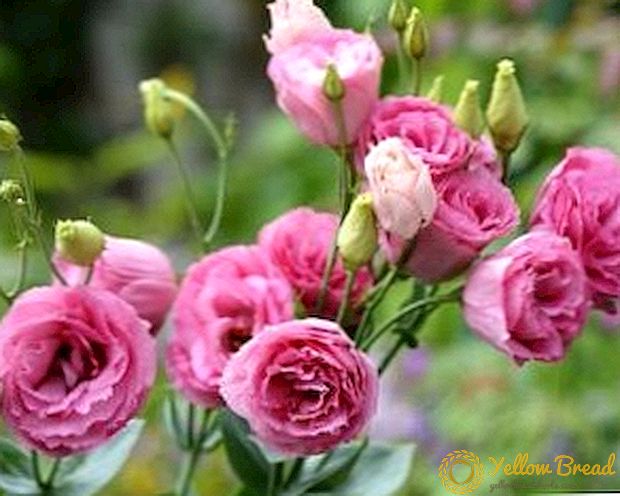 Eustoma (or Lisianthus) is a flowering plant of the gentian family. It is very popular among flower growers (grown for cutting), a fresh cut bouquet of eustoma can stand in a vase for up to three weeks. In this article we will talk about growing and caring for eustoma.
Eustoma (or Lisianthus) is a flowering plant of the gentian family. It is very popular among flower growers (grown for cutting), a fresh cut bouquet of eustoma can stand in a vase for up to three weeks. In this article we will talk about growing and caring for eustoma.
- Variety of varieties
- Growing eustoma
- Soil preparation
- Sowing seeds
- Picking seedlings
- Transplantation in open ground
- Basic rules for eustoma care
- Lighting
- Watering
- Temperature
- Top dressing
- Combination with other plants
Variety of varieties
Today, there are a large number of Lisianthus seeds on sale. They are available not only to professionals, but also to amateur flower growers.
 Eustoma affects the variety of varieties and varieties, the differences are in flowers (terry or simple), as well as in the height of the plant (stunted or tall). Flower petals can be of different shades - they are white, and red, pink, blue, blue, classic tea shades, etc.
Eustoma affects the variety of varieties and varieties, the differences are in flowers (terry or simple), as well as in the height of the plant (stunted or tall). Flower petals can be of different shades - they are white, and red, pink, blue, blue, classic tea shades, etc.
Tall varieties of eustoma are grown in the garden (cut). They reach up to 120 cm in height. For example:
- Aurora variety: height is 90-120 cm, terry flowers of blue, white, blue and pink color. Early flowering;
- Echo grade: height 70 cm, sprawling stems, large flowers, early flowering, 11 color options;
- Heidi variety: plant height 90 cm, simple flowers, abundant bloom, 15 color options;
- Flamenco variety: height is 90-120 cm with strong stems, flowers are simple, large (up to 8 cm), the main advantage is not capricious. A large number of color options.
 Low-growing varieties of eustoma are mainly grown in balcony boxes or as indoor plants in pots. Their height does not exceed 45 cm. For example:
Low-growing varieties of eustoma are mainly grown in balcony boxes or as indoor plants in pots. Their height does not exceed 45 cm. For example:
- Mermaid: height 12-15 cm, simple flowers, up to 6 cm in diameter, shades of white, blue, pink and purple.
- LittleBell: height up to 15 cm, flowers simple, medium-sized, funnel-shaped, of various shades.
- Fidelity: height up to 20 cm, white with a large number of simple flowers, located on the spike in a spiral.
- Riddle: height up to 20 cm, semi-double flowers, pale blue.
Growing eustoma
Eustoma is a very capricious plant, its cultivation comes from seeds. For this, a seedling method is used.
Soil preparation
 Eustome requires a well-drained soil. The soil mixture can be mixed by using 1 to 1 garden soil, coarse sand or perlite, humus, and also a little lime. Soil for Irish roses should be light, peaty, with the addition of pieces of charcoal. You can also buy a ready-made mixture of soil in a specialized store - for Saintpaulia (violets).
Eustome requires a well-drained soil. The soil mixture can be mixed by using 1 to 1 garden soil, coarse sand or perlite, humus, and also a little lime. Soil for Irish roses should be light, peaty, with the addition of pieces of charcoal. You can also buy a ready-made mixture of soil in a specialized store - for Saintpaulia (violets).
Sowing seeds
The eustoma seeds are very small, so they are sold in the form of granules (with the help of a special compound from which the granules are made, Lisianthus increases its germination rate up to 60% from one sachet).
 Sowing eustoma on seedlings is recommended in February. Use when sowing small pots. Seeds of eustoma do not need to go too deep into the ground. Watering is recommended to do with a spray (spray the soil, so as not to wash off the seeds). Before the first shoots pots should be covered with a film.Temperature regime: in the daytime - not less than 23 degrees, and at night - up to 18. It is necessary to ventilate systematically, for this purpose it is necessary to lift the film. In a couple of weeks, shoots will appear that need proper lighting. It is unacceptable to keep them in direct sunlight, and the lack of lighting can cause the absence of blossoming Lisianthus.
Sowing eustoma on seedlings is recommended in February. Use when sowing small pots. Seeds of eustoma do not need to go too deep into the ground. Watering is recommended to do with a spray (spray the soil, so as not to wash off the seeds). Before the first shoots pots should be covered with a film.Temperature regime: in the daytime - not less than 23 degrees, and at night - up to 18. It is necessary to ventilate systematically, for this purpose it is necessary to lift the film. In a couple of weeks, shoots will appear that need proper lighting. It is unacceptable to keep them in direct sunlight, and the lack of lighting can cause the absence of blossoming Lisianthus.
Picking seedlings
Eustoma seedling picking occurs when 4-6 leaves appear in bunches (3 pieces each) into separate pots (6-7 cm in diameter). After picking, the temperature should be kept at 18 degrees, the shoots should be pritenyat. After 10 days, Lisianthus is fed with complex liquid fertilizers.
Transplantation in open ground
 Transplantation into the open ground is recommended when the temperature does not fall below 18 ° C at night. It is necessary to replant very carefully, because the roots are very thin, and they can be easily damaged.
Transplantation into the open ground is recommended when the temperature does not fall below 18 ° C at night. It is necessary to replant very carefully, because the roots are very thin, and they can be easily damaged.
Very often gardeners when growing eustoma flower wonder how to keep it in winter. To do this, it should be dug in the fall, transplanted into a pot and transferred to a house or a winter garden.
Basic rules for eustoma care
When caring for lisianthus should follow the rules of lighting, watering, temperature and fertilizing.
Lighting
Lisianthus needs bright diffused light. It is also necessary to expose it to the sun for a few hours. At noon, from bright direct sunlight, eustome should be shaded.
Watering
 In the garden, lisianthus tolerates both heat and drought (with regular watering, the appearance of the plant is better). If eustoma is grown in pots, the plant may die from overdrying. It is also not recommended to pour it, therefore it is necessary to water the Lisianthus after the top layer of the soil dries out.
In the garden, lisianthus tolerates both heat and drought (with regular watering, the appearance of the plant is better). If eustoma is grown in pots, the plant may die from overdrying. It is also not recommended to pour it, therefore it is necessary to water the Lisianthus after the top layer of the soil dries out.
Temperature
The optimum temperature for eustoma is 20-25 degrees during the day, and approximately 15 degrees at night. In winter, the plant is recommended to contain at a temperature of 10-12 degrees.
Top dressing
To feed the Irish rose begin complex fertilizer in 10-14 days after transplanting to a permanent place.During the period of active growth, fertilizing should be done 2 times a month. In the period when the buds ripen, and during the flowering period, eustoma should be fed once every 2 weeks.
Combination with other plants
 Caring for Lisianthus is not easy, but despite this, florists and flower growers like this flower. Irish roses are used in bouquets, in flowerbeds, in flower beds, where it is perfectly combined with tulips, chrysanthemums, lilies and even roses.
Caring for Lisianthus is not easy, but despite this, florists and flower growers like this flower. Irish roses are used in bouquets, in flowerbeds, in flower beds, where it is perfectly combined with tulips, chrysanthemums, lilies and even roses.
Florists use eustoma when creating bouquets and ikeban. Gardeners with its help decorate the design of the garden, the flower garden (for example, it decorates arbors).
Due to its decorative qualities and long-term preservation of cut flowers, Lisianthus is quickly gaining popularity in Europe. For example, in Holland, eustoma is among the top ten flowers to be cut, and in Poland, Lisianthus is very expensive at summer flower shows.


